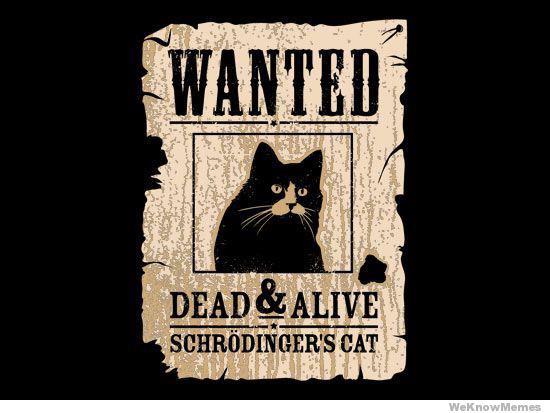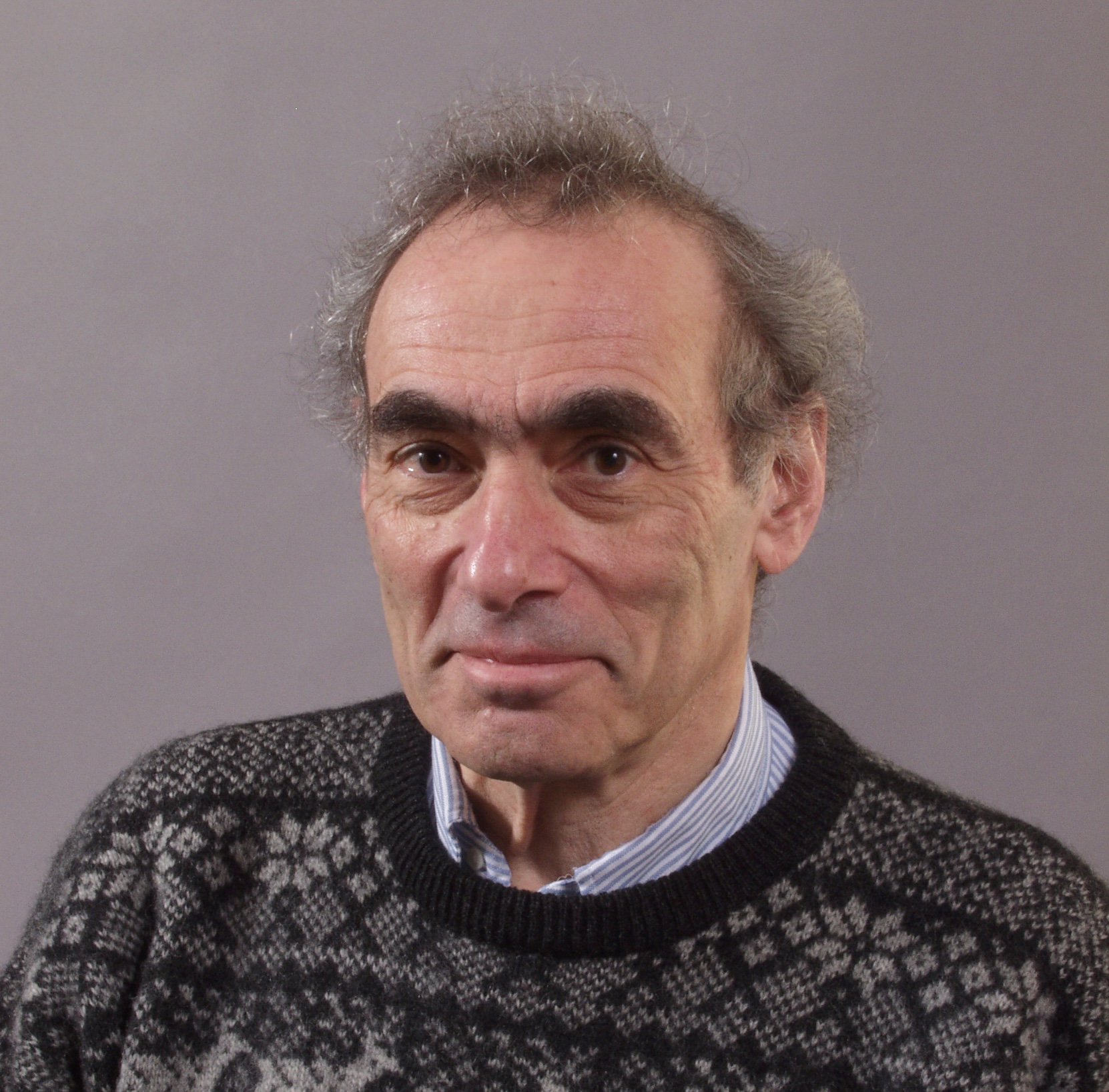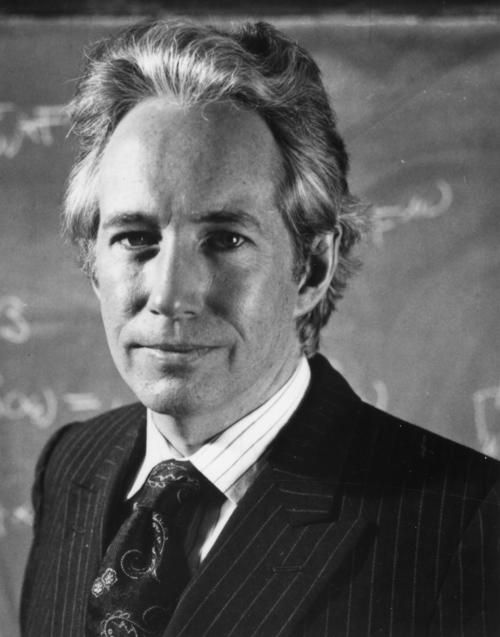

Public Lecture
A Century of Quantum Mechanics: From Blacksmiths to Smartphones
Gordon Baym
University of Illinois
Wed, Jun 25, 5:30–6:30pm
Physicists describe the microscopic world using a weird theory called quantum mechanics. This year, 2025, the “International Year of Quantum Science and Technology,” celebrates the 100th anniversary of scientists finally resolving long-standing contradictions between older theories of the physical world and what they actually saw. How did quantum theory begin, and how did it yield smartphones in just a century?
In this very non-technical talk I will describe how quantum mechanics came about, starting with physicists in the late nineteenth century trying to understand why hot metal in blacksmith shops glowed red (like a hot stove burner) and became more bluish when even hotter. I will then note crucial advances including Einstein’s proposal that light comes in little bundles, and the evolving understanding of why atoms in a hot gas emit particular colors of light, culminating with the development of the quantum theory by the mid 1920’s as the correct framework to describe and predict the microscopic world. I will touch on the often counterintuitive reality of quantum mechanics, such as light sometimes behaving as a particle, and particles sometimes acting like waves — to the strange idea of superposition, leading to the puzzle of Schrödinger’s cat, simultaneously dead and alive.
I will then turn to how quantum theory began to be used to understand real materials, revolutionizing society within a century. Indeed, roughly one third of our gross domestic product is dependent on quantum mechanics, ranging from solid-state electronics including smartphones and computers, to medical applications such as MRI’s and lasers, to GPS systems, etc., and in the near future to spectacularly more powerful “quantum” computers.

About Gordon Baym
Gordon Baym is a Professor of Physics at the University of Illinois. He was educated at Brooklyn Technical High School, Cornell University, and Harvard University. He spent two years at the Niels Bohr Institute in Copenhagen. and after a year at the University of California in Berkeley, settled down at the University of Illinois.
His interests in physics are wide ranging, from matter at low temperatures and under extreme conditions of pressure and energy, to ultracold atomic physics, astrophysics, nuclear physics, and the history of physics. He is a pioneer in the study of pulsars and neutron stars, and a driver of laboratory studies of ultradense matter via ultrarelativistic collisions of heavy nuclei. His current interests include neutron stars, and neutrinos from the big bang.
He is a member of the U.S. National Academy of Sciences and of the American Philosophical Society, and a Fellow of the American Academy of Arts and Sciences. He received the American Physics Society Medal for Exceptional Achievement in Research as well as its Hans Bethe and Lars Onsager Prizes, and the Eugene Feenberg Memorial Medal. He is an Aspen homeowner and has been a regular participant in the Aspen Center for Physics since the mid 1960’s.
Heinz R. Pagels Public Lecture Series
Heinz R Pagels was a professor of physics at Rockefeller University, president of the New York Academy of Science, a trustee of the Aspen Institute, and a member of the Aspen Center for Physics for twenty years, serving as a participant, officer, and trustee. He was also President of the International League for Human Rights. His work on chaos theory inspired the character of Ian Malcolm in the Jurassic Park book and movies. A part-time local resident, Professor Pagels died here in a mountaineering accident in 1988. His family and friends instituted the lecture series in his honor because he devoted a substantial part of his life to effective public dissemination of scientific knowledge.
